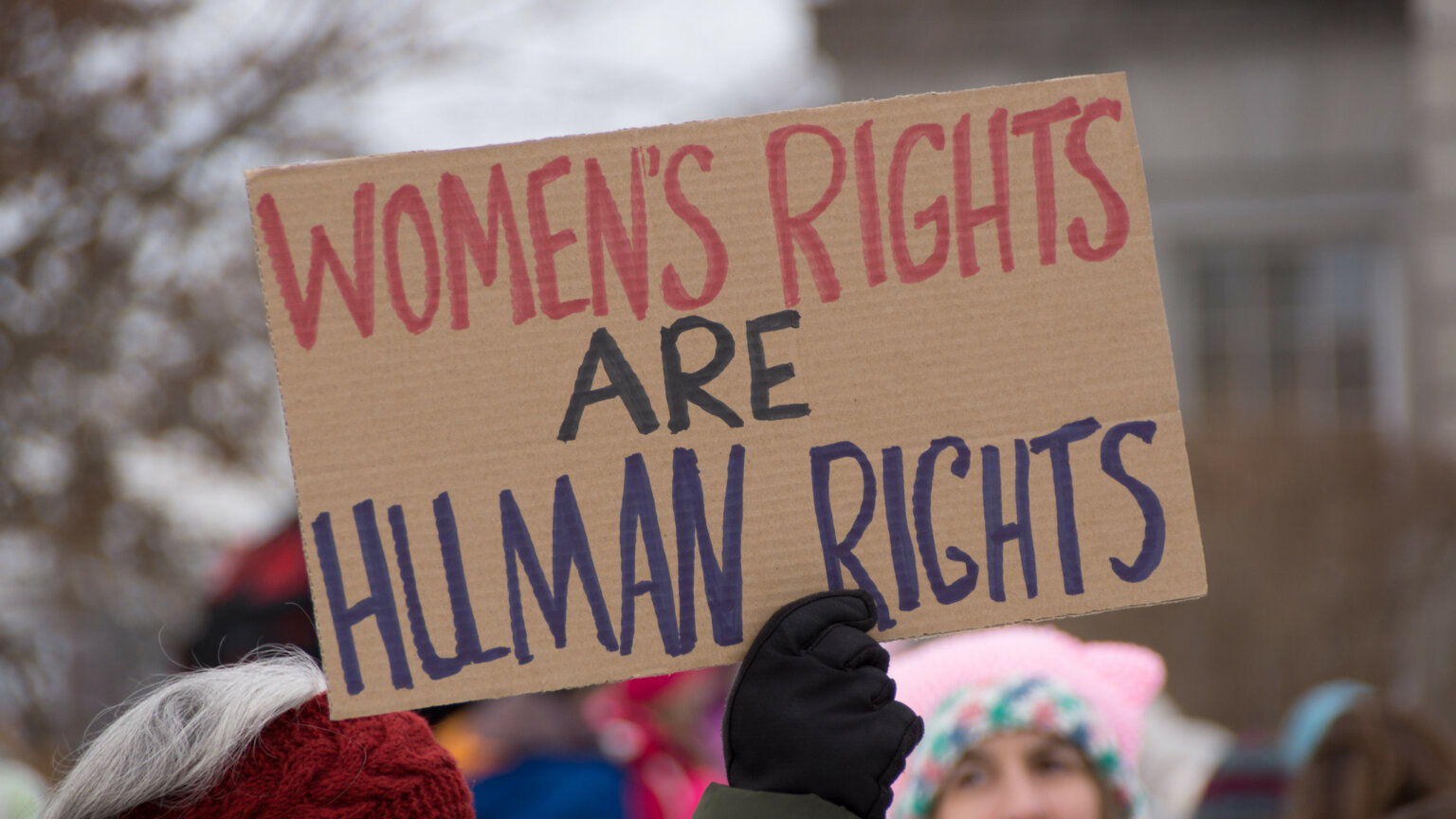- About
- Topics
- Picks
- Audio
- Story
- In-Depth
- Opinion
- News
- Donate
- Signup for our newsletterOur Editors' Best Picks.Send
Read, Debate: Engage.
For millions of mothers and newborns who depend on the services of midwives, the support and care during such a delicate period is larger than life.
Yet thousands more have lost their lives as health needs of women overwhelm the midwifery sector, which has been grappling with acute understaffing.
Currently, there is a shortage of 900,000 midwives globally, which has had dire implications for women and newborns’ health as witnessed in childbirth complications, maternal and newborn deaths.
The situation has been exacerbated by COVID-19, as the pandemic has seen midwives and nurses deployed to handle other emergencies and alleviate the overburdened health sector.
The role of midwives go beyond child birth, as they handle antenatal and postnatal care, sexual and reproductive health services - among them treatment of STDS, family planning and counselling. They have also been used by organisations and governments to protect the rights of women.
Yet, analysts posit that investment in increasing the number of midwives and equipping them with the right training and resources could prevent 67 percent of maternal deaths, 64 percent of newborn deaths and 65 percent of stillbirths, cumulatively saving over 4 million lives every year by 2035.
Every life matters, and in the 21st century conversations should not be about preventable newborn deaths or mothers dying while giving birth.
In line with Sustainable Development Goal 3 and its targets on reducing the global maternal mortality ratio by 2030, governments, the private sector and the international community must step up commitment to fund and support midwifery as a key component of women’s health - an issue that has been neglected for long despite the critical role it plays in promoting the value of life.
Image: Nurses Uniforms and Ladies Workwear.

